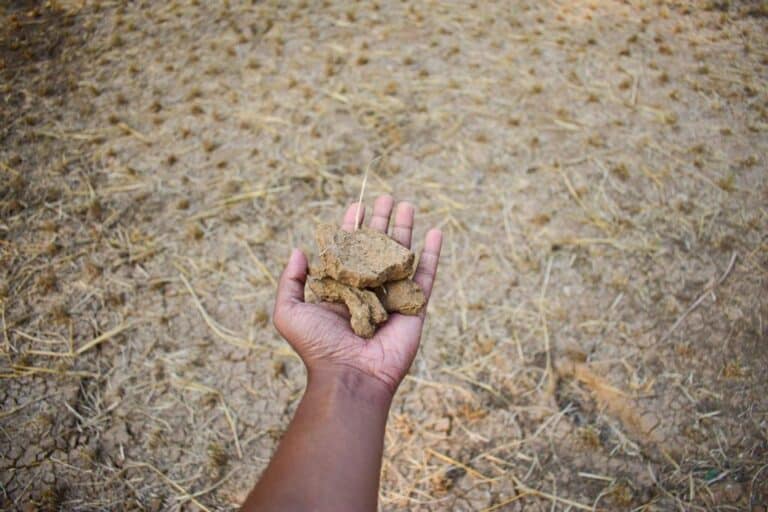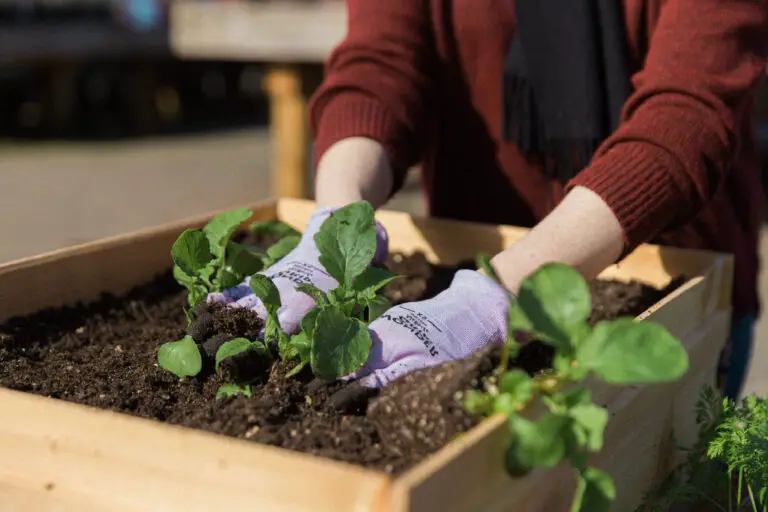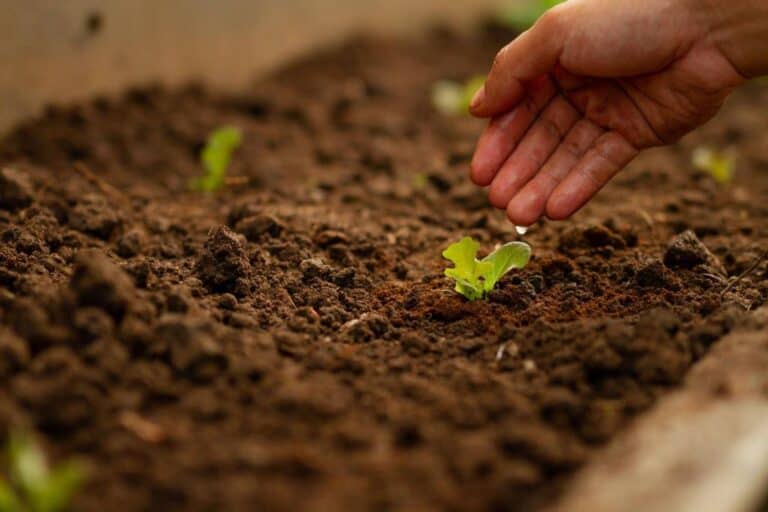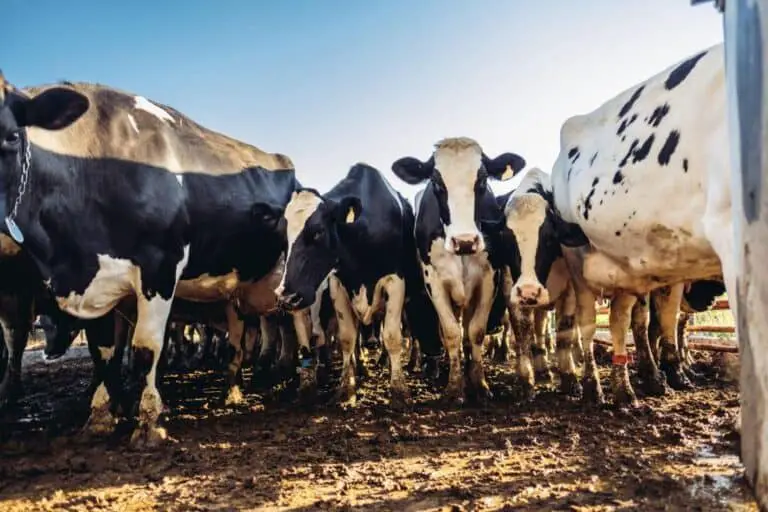What Should I Put Down Before Mulching? Preparing Your Garden
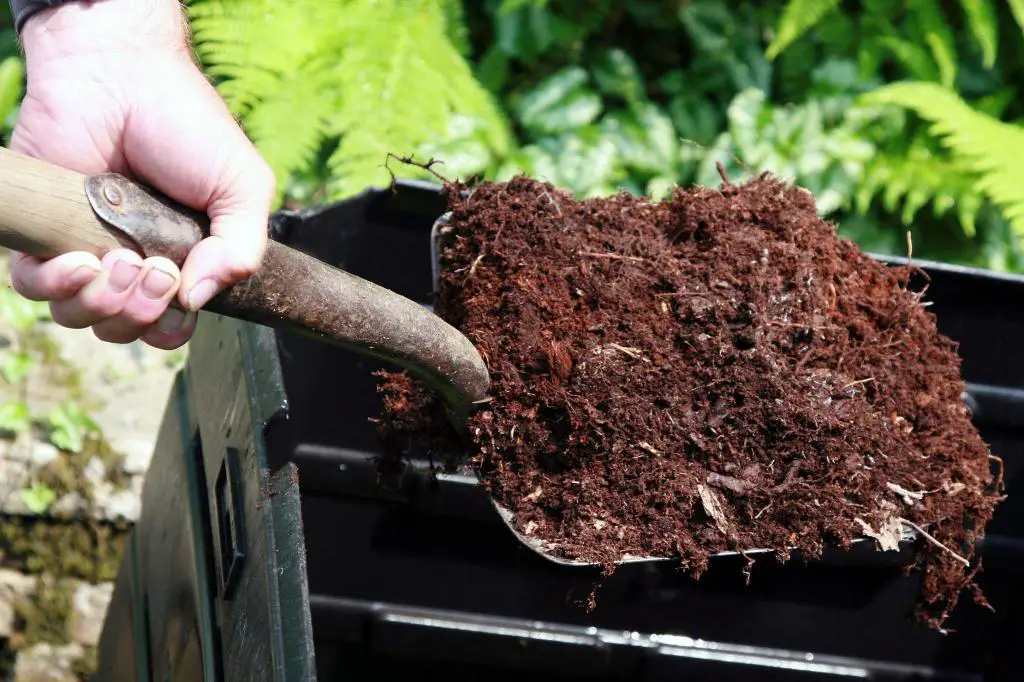
You’ve decided to give your garden a much-needed makeover, and you know that mulching is an essential part of maintaining healthy soil and plants. But before you start spreading that mulch around, it’s important to prepare the area properly. What should you put down before mulching? That’s a great question, and we’ve got some answers for you.
Mulching is a popular gardening technique that involves spreading a layer of organic or inorganic material over the soil. This layer helps to conserve moisture, suppress weed growth, and regulate soil temperature. But if you want your plants to thrive, you need to create the right environment for them to grow in. That’s where preparation comes in.
In this article, we’ll explore the importance of preparing your garden before mulching. We’ll talk about things like getting rid of weeds and other unwanted things, adding the right things to the soil, and making a flat surface for putting down mulch.
By the end of this article, you’ll have a better understanding of what you should put down before mulching, and you’ll be well on your way to creating a healthy and thriving garden. So grab your gardening gloves and let’s get started!
The Importance of Preparation Before Mulching
Mulching can be an excellent way to keep your garden looking neat and tidy while also providing a range of benefits for your plants. Mulch can do a lot for the health and look of your garden, from keeping water in to killing weeds.
However, before you start spreading that mulch, it’s essential to take the time to properly prepare the area where you will be applying it.
One of the key reasons why preparation is so important is that it can help ensure that the mulch is as effective as possible. When you lay mulch directly on top of soil or grass, it can become compacted over time, which can hinder its ability to retain moisture and regulate soil temperature.
By taking the time to prepare the area beforehand, you can loosen up the soil and create a more receptive environment for the mulch to work its magic.
Another reason why preparation is crucial is that it can help prevent weed growth. If you simply lay mulch on top of existing weeds, they will continue to grow and spread, ultimately defeating the purpose of mulching.
Moreover, proper preparation can also enhance the appearance of your garden. If you’re looking to create a cohesive and aesthetically pleasing garden, taking the time to prepare the area before mulching can make a significant difference.
By getting rid of anything that doesn’t look good and smoothing out the soil, you can make a clean, even surface for the mulch to sit on. This gives the area a more polished and elegant look.
Remove Weeds and Unwanted Materials
Removing weeds and unwanted materials is a critical step in preparing the area before mulching. Weeds are notorious for stealing valuable nutrients and water from plants, which can ultimately lead to stunted growth and decreased plant health. Additionally, weeds can be challenging to remove once they have established themselves, making it crucial to remove them before mulching.
To remove weeds effectively, dig deep into the soil and remove as much of the root system as possible. Pulling weeds by hand is a popular method, but for larger areas or tougher weeds, using a hoe or other garden tool can be more efficient. When removing weeds, it is crucial to remove all parts of the plant, including the roots, to prevent regrowth.
In addition to weeds, unwanted materials such as rocks, sticks, or large pieces of debris can also hinder the growth of plants and cause damage to mulch. Rocks can create an uneven surface, making it challenging to lay down mulch evenly, while sticks and debris can make it difficult to maintain the mulch’s appearance and coverage.
Removing unwanted materials from the area is relatively straightforward. Clearing the area of debris can be done using a rake or other garden tool. It may take some time to get everything cleared, but it is worth the effort to ensure that the plants have a healthy growing environment.
What Should I Put Down before Mulching
Gardeners and landscapers frequently inquire about what to lay down before mulching. The answer to this question depends on the specific needs of the plants and soil in the area. However, there are several general options that can be beneficial for most garden beds.
- One of the most popular options is to put down a layer of compost or other organic matter. Organic matter can help improve soil structure, retain moisture, and promote beneficial microorganisms. It can also provide essential nutrients that plants need for optimal growth and health. A layer of compost should be added before mulching, and it is generally recommended to apply it at a depth of 2-3 inches.
- Another option to put down before mulching is a layer of landscape fabric. Landscape fabric is a material that lets water through but doesn’t let weeds grow. It is also beneficial in areas with high foot traffic, as it can help prevent soil compaction. Landscape fabric should be placed directly on top of the soil and can be cut to fit the specific shape of the garden bed.
- A layer of cardboard or newspaper can also be put down before mulching. This option is great for areas with tough weeds because it can help suffocate them and stop them from coming back. It can also help improve soil structure over time as the cardboard or newspaper breaks down. A layer of cardboard or newspaper should be placed directly on top of the soil and covered with a layer of mulch.
- Lastly, a layer of fertilizer can be put down before mulching. Fertilizer can give plants the important nutrients they need to grow and stay healthy. However, it is crucial to choose the right type of fertilizer for the specific plants in the area, as different plants require different types of nutrients. Fertilizer should be applied at the recommended rate and depth, and it is generally recommended to apply it before mulching.
Add Necessary Soil Amendments Before Mulching
Adding necessary soil amendments is an important step to take before mulching, as it helps to provide the best possible growing environment for your plants. Soil amendments can improve soil structure, provide nutrients, and help balance the pH level of the soil. When you add soil amendments to the soil, you are essentially creating a foundation for the plants to grow on.
The first step in adding soil amendments is to determine what type of soil you have. Different soils have different nutrient requirements, and it’s important to choose amendments that will address the specific needs of your soil. For example, if you have clay soil, you might want to add gypsum to improve drainage and prevent compaction. On the other hand, if you have sandy soil, you might want to add compost or manure to improve soil structure and retain moisture.
Once you have identified the type of soil you have, it’s time to select the right soil amendments. There are a variety of soil amendments available, including organic materials like compost, manure, and peat moss, as well as mineral-based materials like lime, sulfur, vermiculite, and perlite.
People often add organic materials to soil because they improve the soil’s structure and give it nutrients. Compost and manure are great ways to improve the structure of the soil and add organic matter to it. Peat moss is also a popular choice because it helps to retain moisture in the soil, which can be particularly helpful in dry climates.
Mineral-based amendments are often used to adjust the pH level of the soil. Lime is commonly used to raise the pH level of acidic soil, while sulfur is used to lower the pH level of alkaline soil. Vermiculite and perlite are also popular choices because they improve soil aeration and drainage.
When adding soil amendments, you need to follow the recommended application rates and guidelines. Adding too much of a particular amendment can cause problems like nutrient burn or soil compaction. It’s also important to mix the amendments thoroughly into the soil to ensure they are evenly distributed.
Address Drainage and Watering Needs Before Mulching
When it comes to maintaining a healthy garden, proper watering and drainage are essential. Not only do your plants need consistent access to water to thrive, but they also need to be able to drain excess water to prevent root rot and other issues.
To make sure that your plants are receiving the proper amount of water and are not suffering from excessive moisture, it is crucial to take care of your watering and drainage needs before adding mulch to your garden beds.
One of the first things you should do before mulching is to assess the natural drainage of the area. If your garden bed is located on a slope or in an area that naturally drains well, you may not need to do much beyond ensuring that the soil is loosened and free of debris.
However, if your garden bed is located in an area with poor drainage, you may need to take more drastic measures. This could involve adding a drainage system or building up the soil to create a raised bed that allows for better drainage.
Once you’ve addressed any drainage issues, it’s time to focus on watering. One of the most common mistakes that gardeners make when mulching is not adjusting their watering schedule. Mulch can help retain moisture in the soil, which means that you may not need to water your plants as frequently as you did before mulching.
However, it’s essential to monitor the soil moisture regularly to ensure that your plants are not being over- or under-watered. This may involve adjusting your watering schedule or using a moisture meter to test the soil’s moisture levels.
In addition to ensuring proper drainage and watering, it’s also a good idea to add a layer of organic material, such as compost or manure, to your garden bed before mulching. This will help improve soil quality and provide a nutrient-rich environment for your plants to grow in.


